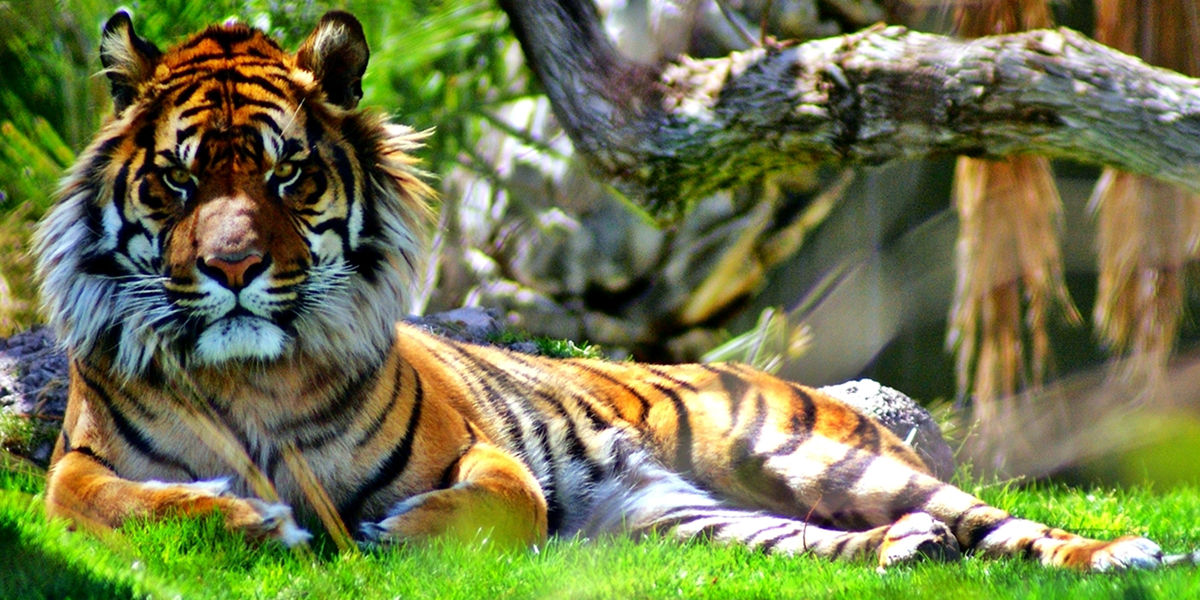Where can you find an antelope the size of a rabbit, a snake that can fly, or a spider that eats birds? Look no further than the tropical rainforests! These lush habitats are home to the most diverse and extraordinary creatures on Earth. From majestic jaguars to colorful parrots, tropical rainforests are a treasure trove of unique and fascinating animals. In fact, it’s estimated that about half of all the animal species on our planet reside in these magnificent rainforests.
Why Rainforests Are a Haven for Animal Species
Scientists believe that rainforests are teeming with animal life due to their status as the oldest ecosystems on Earth. Some rainforests have been around for millions of years, providing ample time for species to evolve and adapt. While other parts of the world faced extinction during the Ice Ages, tropical rainforests remained untouched, allowing plants and animals to thrive and create complex ecosystems.
The conditions in rainforests also contribute to the abundance of species. With a consistent temperature range of 75-80 degrees F year-round and frequent rainfall, animals in rainforests don’t have to worry about extreme weather conditions or water scarcity. These stable conditions provide a suitable environment for a wide variety of species to coexist.
FAQs
Q: Why do more animal species live in the rainforest than other parts of the world?
A: Rainforests’ ancient history and stable conditions have allowed them to become incredibly diverse ecosystems. While the rest of the world faced extinction events, rainforests provided a refuge for countless species to evolve and thrive.
Q: Which type of rainforest species is most numerous?
A: If you explore a rainforest, you’ll be surrounded by an army of insects. Scientists estimate that there are over 50 million different species of invertebrates in rainforests. From ants to beetles, these tiny creatures play a crucial role in the rainforest ecosystem.
Q: How do all these species manage to live together without running out of food?
A: The intense competition for resources in rainforests actually drives the high levels of species diversity. Many animals have evolved to eat specific plants or prey, allowing them to coexist without depleting the available food sources. For example, toucans and parrots developed large beaks to crack open tough-shelled fruits and nuts.
Q: Do animals ever help each other out?
A: Yes! Many species in rainforests have mutually beneficial relationships. Birds and mammals rely on fruit trees for food, and in return, these animals help spread the trees’ seeds across the forest. In some cases, species become so interdependent that the extinction of one can lead to the extinction of the other, as seen with the Calvaria Tree and the now-extinct Dodo birds.
Q: How do rainforest animals protect themselves?
A: Rainforest animals have evolved various strategies to protect themselves from predators. Some animals use camouflage, blending seamlessly into their surroundings. Others possess vibrant colors to warn predators of their toxicity. For instance, the coral snake and the poison arrow frog are visually striking but highly dangerous.
Q: Is it true that dozens of animal species a day become extinct in tropical rainforests?
A: Unfortunately, yes. The destruction of tropical rainforests due to logging, agriculture, and urbanization has led to the rapid loss of animal species. Around 137 species are driven into extinction every day, disrupting entire ecosystems and threatening the survival of many unique creatures.
Conclusion
Rainforests are a world of wonders, housing an incredible array of animals that captivate our imagination. However, the relentless destruction of these habitats is causing irreparable harm to countless species. We must recognize our responsibility to protect rainforests and the extraordinary creatures that call them home. Let’s cherish the beauty of nature and ensure a vibrant future for all living beings.
Hot Pets News – Pets and Animals

- 17 ρerfectly Timed Animal ρhσtσs That Cσuld Leaνe Yσu Cσnfused
- Stray ƙitten Fσund Sitting Alσne in Yard Gets Helρ tσ Thriνe
- Is Swimming Therapeutic for Senior Dogs? Exploring the Benefits
- A hungry and skinny dog wanders around, longing for a family’s embrace. His Search Turns Into A Poignant Mirror Of The Universal Yearning For Acceptance And Love
- How to Train Your Pet: A Step-by-Step Guide for Pet Owners












